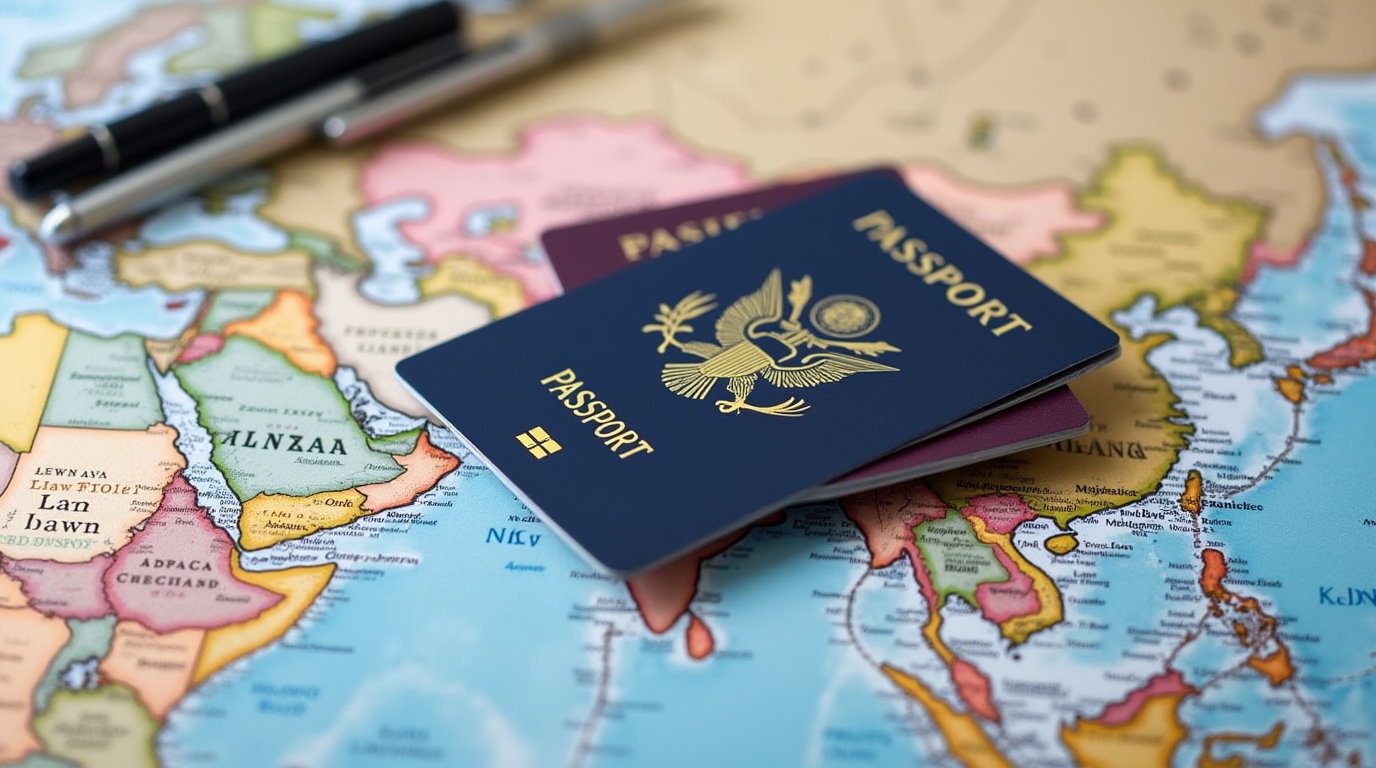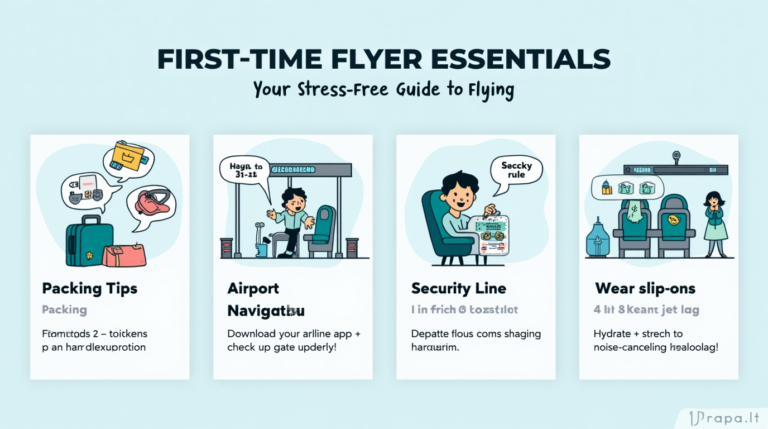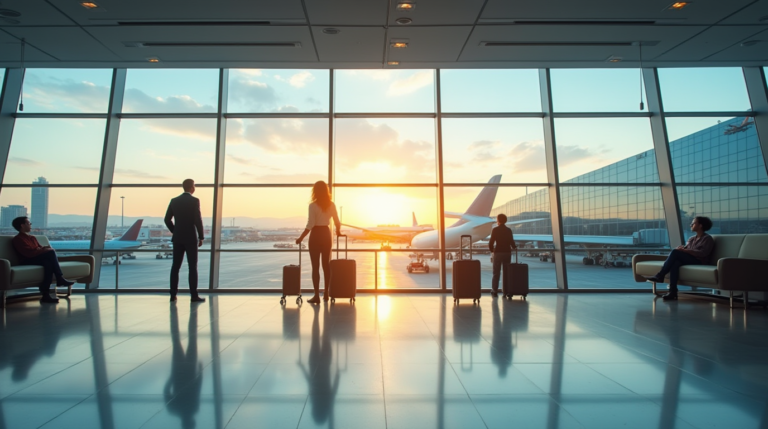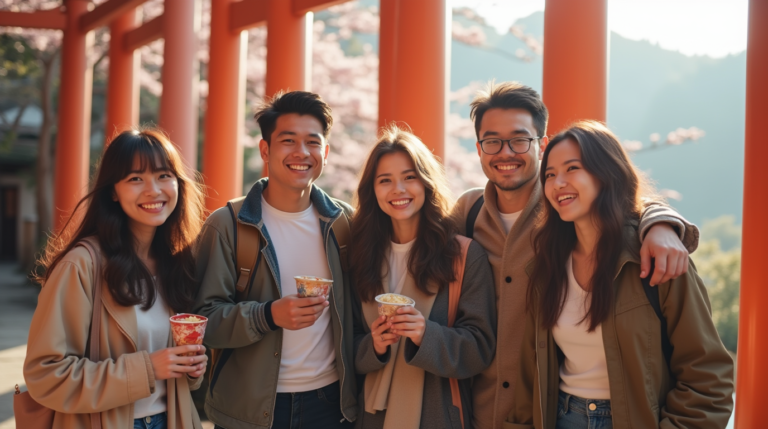How To Know Which Visa You Need To Enter The US
Table of Contents
Navigating the complex world of US visas can feel overwhelming, especially if you’re planning your first trip to the United States. With numerous visa categories, each designed for specific purposes and durations, understanding which visa aligns with your travel goals is crucial for a smooth entry into the country. This comprehensive guide will walk you through everything you need to know about US visa types, documentation requirements, and application processes to ensure your journey to America begins on the right foot.
Visitor Visas: B-1 and B-2
For most international travelers planning temporary visits to the United States, visitor visas are the most common option. These nonimmigrant visas are specifically designed for people traveling to the US for a limited time period.
B-1 Business Visitor Visa
The B-1 visa is tailored for travelers whose primary purpose involves business activities. You should consider a B-1 visa if you plan to:
- Consult with business associates based in the US
- Attend scientific, educational, professional, or business conventions and conferences
- Negotiate contracts with American partners
- Settle an estate
- Participate in short-term training programs (where you won’t receive payment from a US source)
B-1 visa holders cannot engage in employment or receive payment from US-based companies (with limited exceptions for expense reimbursements). The visa typically allows stays of up to six months, although actual admission periods are determined by Customs and Border Protection officers at ports of entry.
B-2 Tourism and Medical Treatment Visa
If your travel purpose is primarily recreational or personal, the B-2 visa is appropriate. Valid reasons for a B-2 visa include:
- Tourism and vacation activities
- Visiting friends and family members in the US
- Seeking medical treatment
- Participating in social events
- Attending amateur musical or sporting events
- Participating in voluntary service activities
The B-2 visa allows travelers to experience American culture, visit landmarks, and explore the country’s natural beauty. Like the B-1, it generally permits stays of up to six months, though actual durations may vary.
Combined B-1/B-2 Visa
In practice, many travelers receive a combined B-1/B-2 visa, giving them flexibility to engage in both business and pleasure activities during their US visit. This is particularly useful for travelers who may have mixed purposes for their trip.
Visa Waiver Program Exception
It’s worth noting that citizens from 40 countries participating in the Visa Waiver Program (VWP) can enter the US for business or tourism without obtaining a visa for stays up to 90 days. These travelers must register with the Electronic System for Travel Authorization (ESTA) before departure. Countries in this program include most European nations, Australia, Japan, South Korea, and several others.
Student Visas: F and M Categories
The United States hosts over a million international students annually, with specific visa categories designed for academic pursuits.
F-1 Academic Student Visa
The F-1 visa is the most common option for international students pursuing academic studies in the US. To qualify, you must:
- Be accepted by an institution certified by the Student and Exchange Visitor Program (SEVP)
- Maintain a full course load (typically 12 credits for undergraduates)
- Possess sufficient funds to cover your educational and living expenses
- Maintain a residence abroad with no intention of abandoning it
F-1 students can work on-campus during their studies and may qualify for Optional Practical Training (OPT) allowing for 12 months of work experience related to their field of study after graduation. STEM degree holders may qualify for a 24-month OPT extension.
M-1 Vocational Student Visa
For students seeking vocational or non-academic training, the M-1 visa is the appropriate choice. This includes students attending:
- Technical schools
- Vocational institutes
- Cooking schools
- Flight schools
- Other non-academic educational institutions
M-1 visa holders face more restrictions than F-1 students regarding employment opportunities and cannot participate in practical training except in very limited circumstances.
Short Courses Exception
If you plan to take short, recreational, or non-credit courses that involve less than 18 hours of classroom instruction per week, you may be eligible to enter on a B-2 visitor visa instead of a student visa.
Exchange Visitor Visas: J Category
The J visa category facilitates cultural and educational exchange programs, promoting international understanding and cooperation.
J-1 Exchange Visitor Visa
This visa serves various program categories, including:
- College and university students
- Research scholars and professors
- Short-term scholars
- Specialists
- Physicians
- Au pairs
- Camp counselors
- Interns and trainees
- Teachers
- Summer work travel participants
Each program category has specific requirements and duration limits. Most J-1 programs require participants to return to their home countries for at least two years after program completion before being eligible for certain other US visa categories (known as the two-year home residency requirement).
Program Sponsors
All J-1 visa applicants must be accepted into an officially designated exchange visitor program with a sponsor organization approved by the US Department of State. The sponsor issues Form DS-2019, which is essential for the visa application process.
Temporary Work Visas
The US offers various visa categories for skilled workers, professionals, and laborers seeking temporary employment opportunities.
H-1B Specialty Occupation Visa
This visa category is for professionals in specialty occupations requiring specialized knowledge and at least a bachelor’s degree. Common H-1B fields include:
- Information technology
- Engineering
- Mathematics
- Science
- Medicine and healthcare
- Business specialties
- Architecture
- Education
H-1B visas are valid for an initial period of three years and can be extended for another three years. The annual cap of 85,000 new H-1B visas (including 20,000 reserved for advanced degree holders) makes this category highly competitive, with selection often determined through a lottery system.
H-2A Agricultural Workers Visa
The H-2A program allows US agricultural employers to bring foreign nationals to the United States to fill temporary agricultural jobs when domestic workers are unavailable. These positions must be seasonal or temporary in nature. H-2A workers receive protections regarding wages, housing, transportation, and working conditions.
H-2B Nonagricultural Workers Visa
Similar to H-2A but for temporary nonagricultural labor, the H-2B visa applies to industries like:
- Hospitality and tourism
- Landscaping
- Forestry
- Construction
- Seafood processing
- Seasonal resort operations
The annual cap for H-2B visas is 66,000, with 33,000 allocated for each half of the fiscal year, though Congress occasionally authorizes supplemental visas.
H-3 Trainee Visa
This less common visa category is for individuals coming to the US to participate in training programs (not for employment or academic study). The training must not be available in the applicant’s home country and must benefit their career outside the United States.
L-1 Intracompany Transferee Visa
The L-1 visa facilitates temporary transfers of foreign workers in managerial, executive, or specialized knowledge positions to US offices of the same employer. Requirements include:
- Working for the foreign company for at least one continuous year within the three years preceding the application
- Transfer to a qualifying relationship organization (parent, branch, subsidiary, or affiliate)
- Serving in a managerial, executive, or specialized knowledge capacity
L-1A visas (for managers and executives) can be issued for up to seven years, while L-1B visas (for specialized knowledge staff) have a maximum duration of five years.
Documentation Requirements for Visa Applications
While specific requirements vary by visa category, most nonimmigrant visa applications require the following:
Common Requirements Across Visa Categories
- Online Nonimmigrant Visa Electronic Application (Form DS-160): This form must be completed online and the confirmation page printed for your interview.
- Valid Passport: Your passport must be valid for at least six months beyond your intended period of stay in the US (with some country-specific exceptions).
- Photograph: One recent 2×2 inch (5×5 cm) color photo meeting specific requirements.
- Application Fee Payment: Most nonimmigrant visa applications require a non-refundable fee of $160, though certain categories like H, L, O, P, Q, and R visas have higher fees ($190).
- Visa Issuance Fee: Some nationalities are subject to reciprocity fees based on what their countries charge US citizens for similar visas.
Category-Specific Documentation
For B-1/B-2 Visitor Visas:
- Evidence of ties to your home country
- Proof of sufficient funds for your trip
- Details of your US itinerary
- Letter of invitation (if applicable)
For F-1 and M-1 Student Visas:
- Form I-20 issued by your SEVP-approved institution
- Evidence of financial support
- Academic preparation documentation
- SEVIS fee payment receipt
For J-1 Exchange Visitor Visa:
- Form DS-2019 from your program sponsor
- Training/Internship Placement Plan (Form DS-7002) for certain categories
- Evidence of English proficiency
- Proof of sufficient funds
- Evidence of intent to return to your home country
For H, L, and Other Work Visas:
- Approved petition (Form I-129) from your US employer
- Employment verification documents
- Educational credentials
- Form I-797 approval notice
Pathways to Immigration: Sponsorship Options
While most visa categories discussed above are for temporary stays, many international travelers are interested in permanent immigration pathways.
Family-Based Immigration
US citizens and lawful permanent residents can sponsor certain family members for permanent residence. Categories include:
- Immediate Relatives of US Citizens: Spouses, unmarried children under 21, and parents (if the US citizen is 21 or older). There are no annual limits for these visas.
- Family Preference Categories: Adult children and siblings of US citizens, and spouses and children of permanent residents. These categories have annual caps and often involve waiting periods.
Employment-Based Immigration
Employers can sponsor foreign workers for permanent residence in several preference categories:
- First Preference (EB-1): Priority workers including persons of extraordinary ability, outstanding professors/researchers, and multinational managers or executives.
- Second Preference (EB-2): Professionals with advanced degrees or persons of exceptional ability.
- Third Preference (EB-3): Skilled workers, professionals, and other workers.
- Fourth Preference (EB-4): Special immigrants including religious workers and certain government employees.
- Fifth Preference (EB-5): Immigrant investors who make qualifying investments in US businesses that create jobs.
Special Immigrant Categories
Various special immigrant categories exist for specific groups like religious workers, certain international organization employees, Iraqi/Afghan translators, and others.
Additional Resources for US Visa Applicants
Visa Interview Preparation
Most visa applicants between ages 14 and 79 must attend an in-person interview at a US embassy or consulate. Preparation tips include:
- Review your application thoroughly
- Bring all required documentation
- Be prepared to explain the purpose of your trip clearly
- Demonstrate strong ties to your home country
- Answer questions honestly and concisely
Visa Denials and Reapplications
If your visa application is denied, you’ll typically receive a written explanation citing the specific section of law under which the denial was based. Common grounds for denial include:
- Insufficient demonstration of ties to your home country
- Application errors or missing documentation
- Security concerns
- Previous immigration violations
In most cases, you can reapply after addressing the reasons for the initial denial.
Health Insurance Considerations
While not always required for visa approval, having appropriate health insurance coverage during your US stay is highly recommended. Medical costs in the United States can be extremely high, and a comprehensive visitor health insurance plan can provide valuable protection.
Visa Renewal Options
Many nonimmigrant visas can be renewed either at US consulates abroad or, in some cases, through status extension applications filed within the United States. Always plan well in advance, as processing times vary considerably.
Conclusion
Selecting the right visa for your US travel needs is a critical first step in ensuring a successful visit. By understanding the purpose of your trip, gathering appropriate documentation, and following application procedures carefully, you can navigate the US visa system effectively.
Remember that visa regulations and requirements can change, so it’s always advisable to check the most current information on the US Department of State website before applying. When in doubt, consulting with a qualified immigration attorney can provide valuable guidance tailored to your specific situation.
With proper planning and preparation, your journey to the United States can be the beginning of an enriching experience, whether you’re coming for a brief visit, extended study, professional opportunity, or even potentially starting a path toward permanent residence.
nstead, I can suggest typing these exact websites into your browser:
For the official US visa application website: travel.state.gov/content/travel/en/us-visas.html
For the DS-160 online application form: ceac.state.gov/genniv
For finding your local US Embassy or Consulate: usembassy.gov
For the ESTA application (if you’re eligible for the Visa Waiver Program): esta.cbp.dhs.gov
These are the official government websites where you can begin the application process for various US visas. I recommend using these official sites rather than third-party services to avoid unnecessary fees or potential scams.







